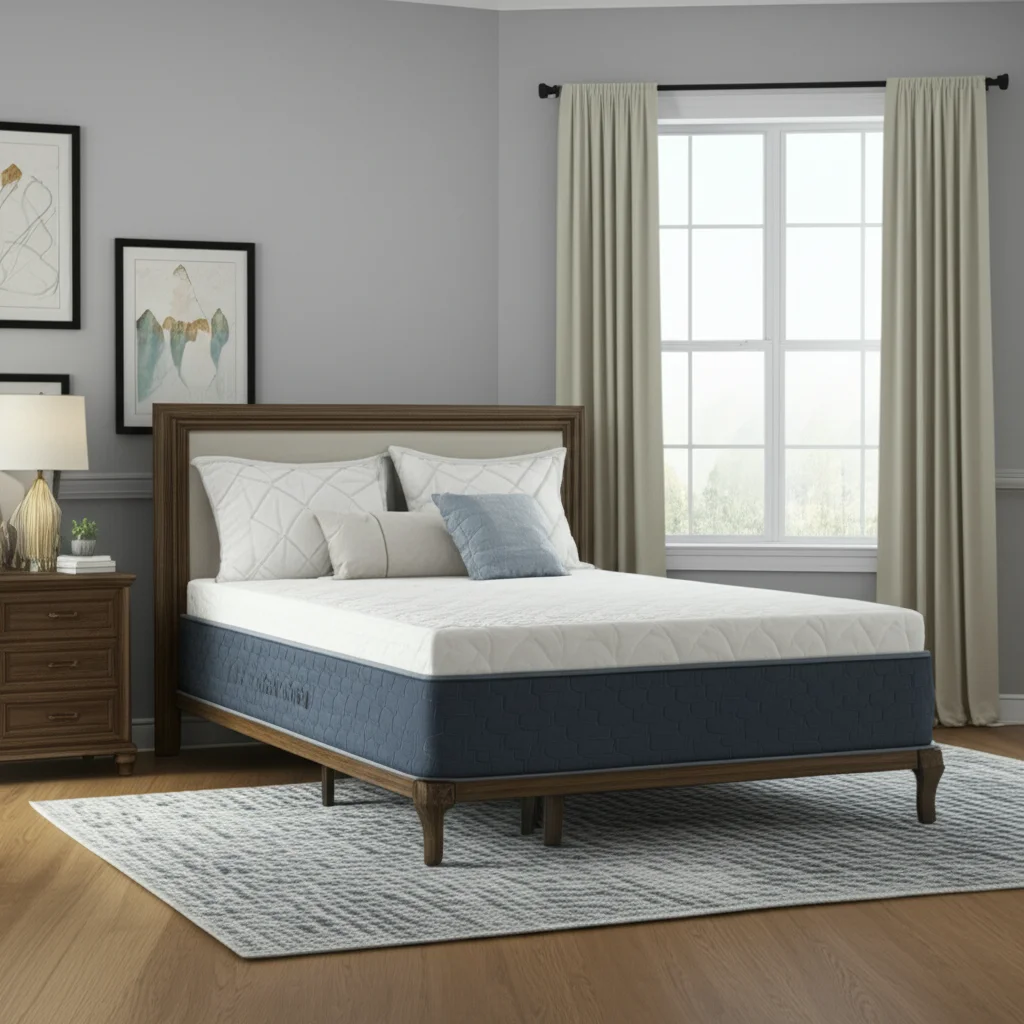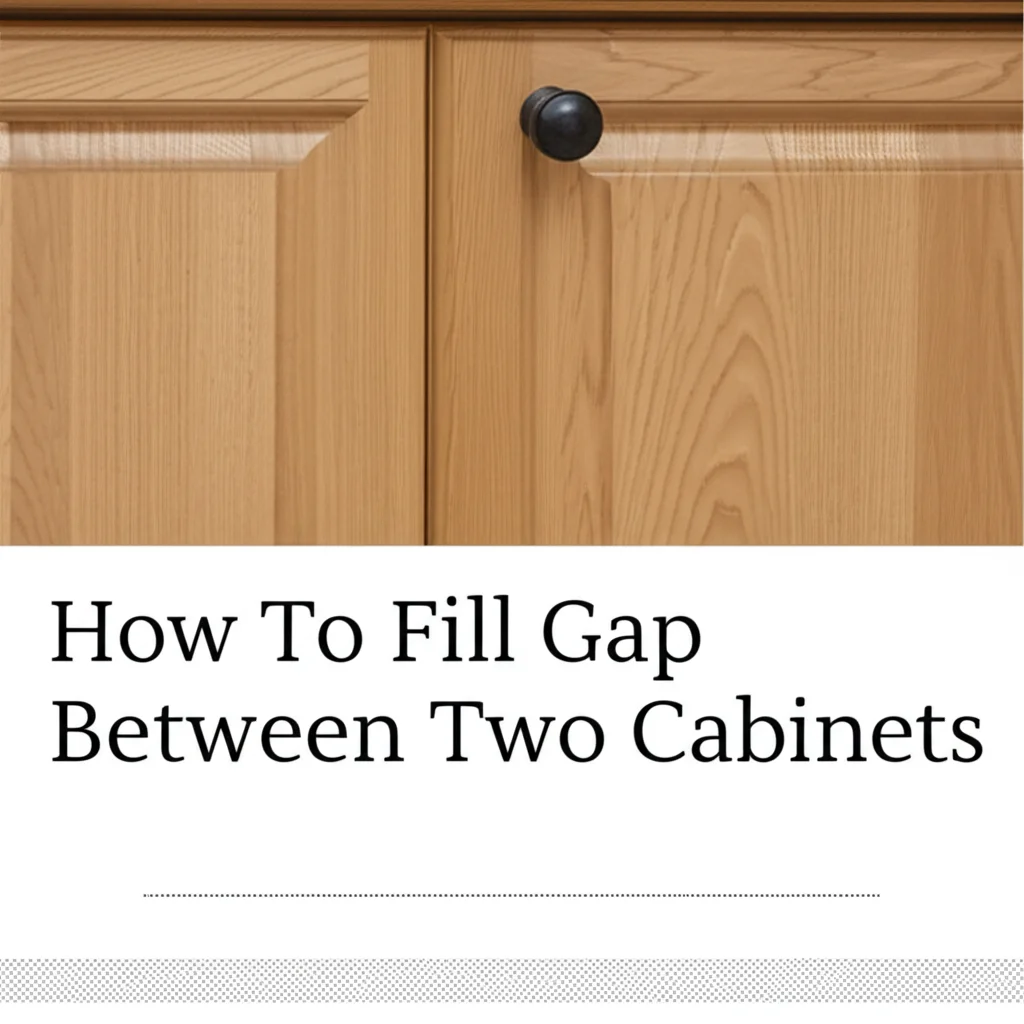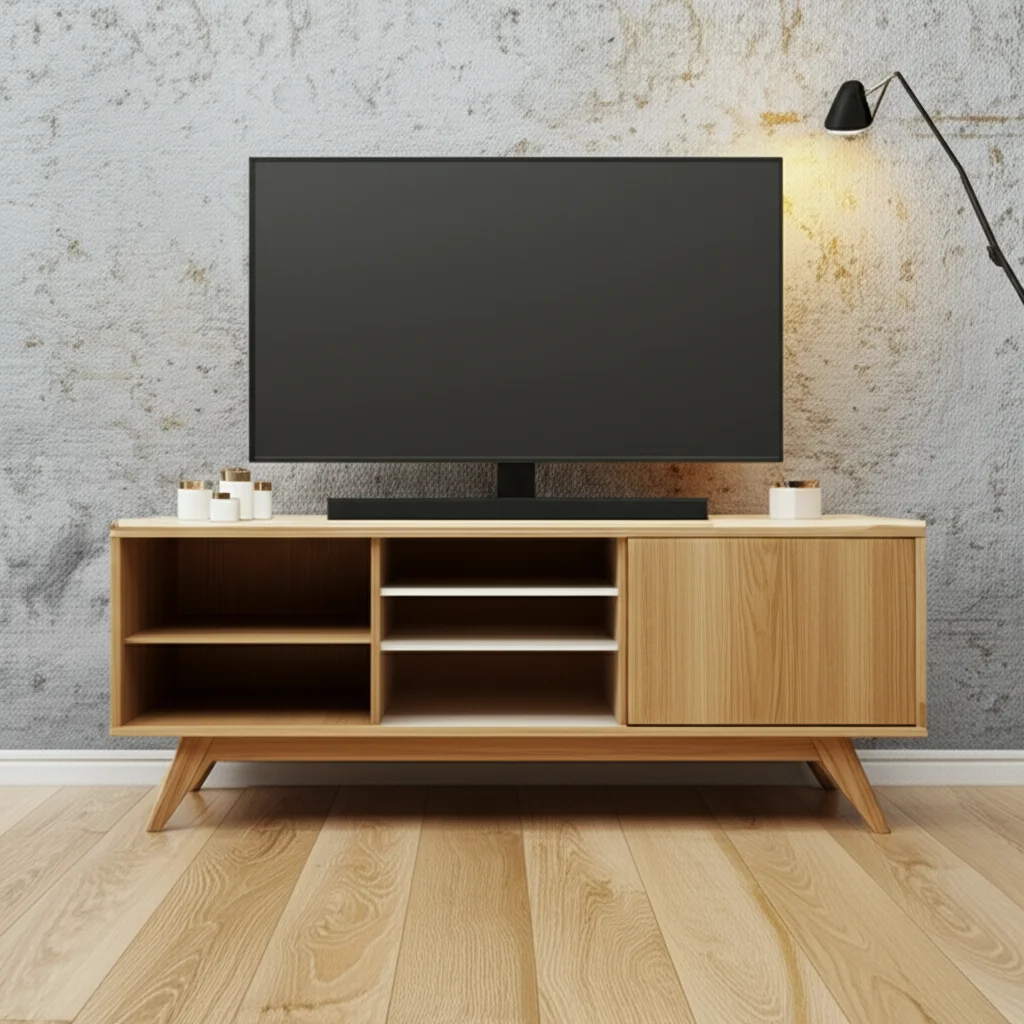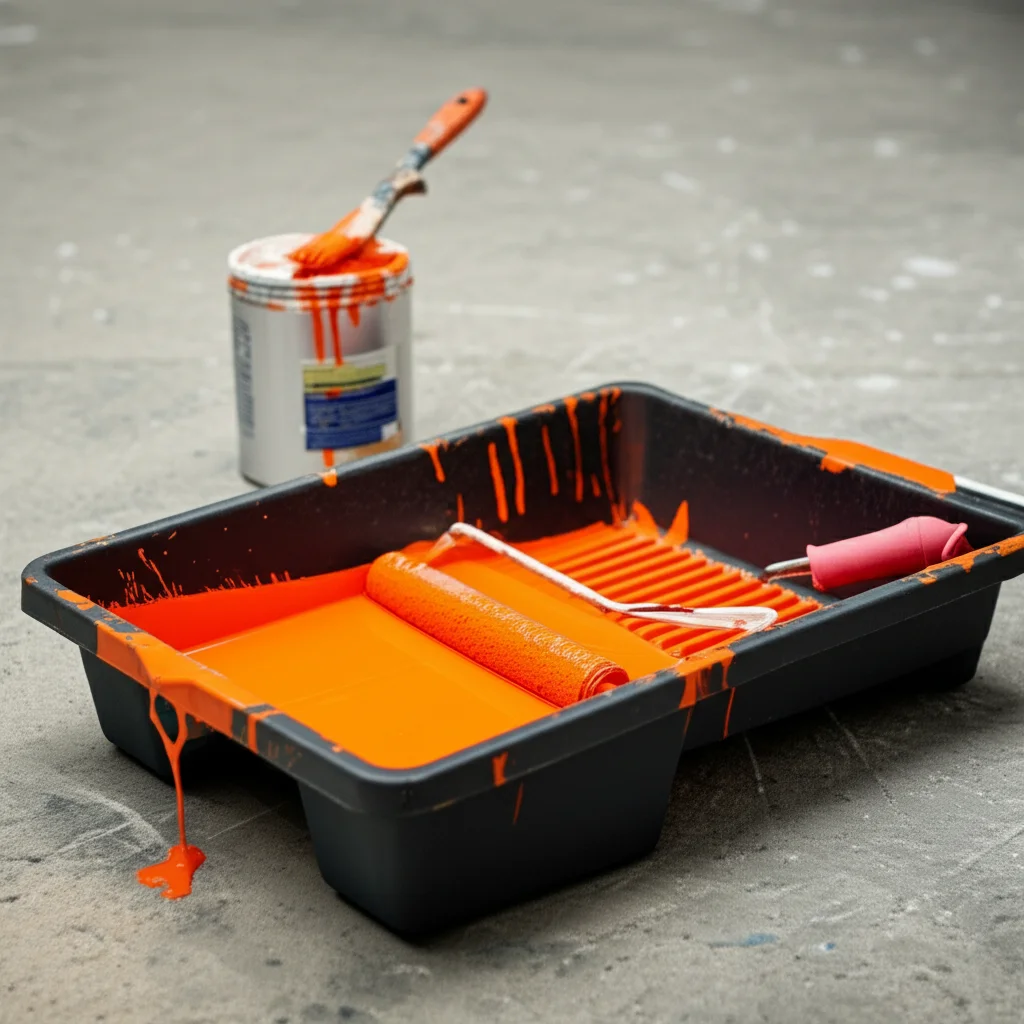· Todd Martin · Home Improvement · 19 min read
How To Get A King Size Mattress Upstairs

Moving Your King Size Mattress Upstairs: A Step-by-Step Guide
Getting a king size mattress upstairs can feel like moving a small car through a keyhole. I know the feeling; these oversized, often heavy, and surprisingly unwieldy items present a real challenge. You might wonder if it is even possible without damaging your home or yourself. Many people face this common dilemma when upgrading their bed or moving into a new home.
This guide will walk you through everything you need to know. We will cover planning, essential tools, and smart techniques. You will learn how to safely and effectively get your large mattress into its new upstairs spot. My goal is to make this daunting task simple for you.
Takeaway
Getting a king size mattress upstairs requires careful planning, the right tools, and proper technique.
- Measure all entry points to ensure clearance.
- Gather necessary equipment like mattress bags, straps, and sliders.
- Protect your mattress and home from damage.
- Use strategic maneuvering techniques for tight spots.
- Always enlist help and prioritize safety.
To get a king size mattress upstairs, carefully measure doorways, stairwells, and ceiling heights first. Protect the mattress with a bag, use heavy-duty moving straps, and employ a team to navigate turns and inclines safely. Proper planning and technique prevent damage and injury.
Measuring Your Space: The Crucial First Step
Before you even think about lifting, you must measure your home. This is the most critical step when you want to get a king size mattress upstairs. A king size mattress is large, typically 76 inches wide by 80 inches long. Its flexibility can be both a help and a hindrance.
Start by measuring the mattress itself, especially its thickness. Then, measure all paths the mattress will take. This includes doorways, hallways, and stairwells. Do not forget to measure the ceiling height, particularly on turns. A common mistake is forgetting how much space a mattress needs when tilted or turned.
Record these measurements carefully. Compare them to the mattress dimensions. This helps you predict potential problem areas. Knowing your tight spots ahead of time saves a lot of struggle later. This planning is your first defense against moving day frustration.
Key Measurements to Take:
- Mattress Dimensions: Length, width, and thickness. Remember to note if it is a traditional spring, memory foam, or hybrid. Some foam mattresses are more flexible.
- Doorway Width and Height: Measure both the opening and the diagonal clearance. This is important for standard entryways.
- Hallway Width: Ensure there is enough room for the mattress to pass without scraping walls.
- Stairwell Width: Measure from wall to railing. Note any narrow points.
- Stairwell Ceiling Height: This is crucial for tilting the mattress. Low ceilings can block vertical maneuvers.
- Landing Dimensions: Assess the size of any flat areas between stair sections. These are key for pivoting.
- Turns and Corners: Measure the available space to pivot the mattress around corners. This often requires the most careful planning.
If you find that your doorways are particularly narrow, you might consider how a king size bed fits into a small room. This also applies to the mattress itself, as tight spaces demand precise handling. Taking these measurements ensures you are ready for the task. It helps you decide if you can manage the move yourself or if you need professional help.
Gathering Your Gear: Essential Tools for Moving a King Size Mattress
Moving a large mattress without the right equipment makes the job much harder and riskier. Think of it like cooking without the right ingredients; you just will not get the desired result. Having the proper tools protects both your mattress and your body. These items make the process safer and more efficient.
You can buy most of these items at a local hardware store or moving supply shop. Some, like a heavy-duty dolly, you might even rent. Do not skip this step; it is an investment in a smoother move. You will thank yourself later for being prepared. The right gear turns a difficult task into a manageable one.
Must-Have Moving Equipment:
- Mattress Bag: This heavy-duty plastic bag protects your mattress from dirt, tears, and moisture. It also makes the mattress easier to grip and slide. Choose one specifically for king size.
- Heavy-Duty Moving Straps: These straps go around the mattress, giving you secure handles to grip. They distribute weight better than just grabbing the mattress sides. This reduces strain on your back and arms.
- Furniture Sliders: If moving across carpet or hardwood floors before reaching the stairs, sliders reduce friction. They allow you to glide the mattress with less effort.
- Dolly or Hand Truck (with straps): For moving the mattress horizontally over flat surfaces, a dolly is invaluable. Ensure it has straps to secure the mattress.
- Gloves: Work gloves improve your grip and protect your hands from scrapes.
- Moving Blankets or Old Quilts: Use these to protect walls, banisters, and corners from scrapes. Place them strategically in tight spots.
- Utility Knife or Scissors: Useful for opening packaging or cutting ties.
- Tape Measure: You already used this for planning, but keep it handy for on-the-fly checks.
Having these tools ready makes a big difference. They help you stay in control. They also reduce the risk of accidents during the move. Remember, safety always comes first when handling large items.
Preparing the Mattress: Protecting Your Investment
Once you have measured and gathered your tools, it is time to prepare the mattress itself. Proper preparation protects your valuable investment from damage during the move. It also makes the mattress easier and safer to handle. Think of it as putting on armor before going into battle.
A clean, well-protected mattress is less likely to get dirty or torn. This step takes little time but offers big benefits. It ensures your mattress arrives upstairs in pristine condition, ready for many more nights of comfortable sleep. A little effort now saves you from big headaches later.
Steps for Mattress Preparation:
- Clean the Mattress: Before wrapping, give your mattress a quick clean. Vacuum both sides to remove dust, crumbs, and debris. If you have any stains, now is a good time to spot clean them. For specific stains like urine, you might need special products. After cleaning, let it dry completely. You do not want to trap moisture inside the bag.
- Remove Bedding and Accessories: Take off all sheets, mattress protectors, and mattress toppers. Roll up or fold these items separately. This reduces bulk and ensures they do not get caught or torn. If your mattress came in a box, you might consider how to put a mattress back in the box for easier transport, especially for foam models. However, for most king size mattresses, this is not a practical option.
- Place in a Mattress Bag: Carefully slide the king size mattress into its heavy-duty plastic mattress bag. Make sure the bag covers the entire mattress. Seal the bag securely with packing tape. This barrier protects against dirt, dust, moisture, and potential tears during transit. It also creates a smoother surface, which can help when sliding.
- Secure with Moving Straps: If using moving straps with handles, position them strategically around the mattress. Aim for straps near each end and one in the middle for even weight distribution. The straps give you a firm, comfortable grip. This prevents slipping and reduces strain compared to just gripping the mattress fabric.
- Consider Compression (for foam mattresses): Some newer foam mattresses can be folded or even rolled (if originally shipped that way). If your king size foam mattress is designed for this, carefully follow the manufacturer’s instructions for compression. This can significantly reduce its size, making it much easier to move upstairs. Not all foam mattresses are suitable for folding, so check first. This method is often the easiest way to manage a large foam mattress.
By following these preparation steps, you make your king size mattress move safer and simpler. You also protect your investment, ensuring it stays in good shape.
Strategic Maneuvering: Techniques for Tight Spaces and Stairs
This is where the real work begins when you need to get a king size mattress upstairs. Maneuvering a large, flexible item like a king mattress through narrow doorways and up a winding staircase requires strategy. It is not just about brute strength. You need to think like a puzzle solver. Each turn and each step presents a new challenge.
Proper technique minimizes the risk of damage to your home and to the mattress. It also helps prevent injuries to you and your helpers. These methods are proven ways to navigate even the trickiest stairwells. Take your time, communicate clearly, and apply these strategies for a successful move. Rushing can lead to mistakes and accidents.
Effective Maneuvering Techniques:
- The “Book” or “Clam Shell” Fold (for flexible mattresses): If you have a memory foam or very flexible hybrid king mattress, you might be able to fold it in half like a book. Secure it with strong straps or rope. This drastically cuts the width, making it easier to navigate narrow passages. However, only attempt this if your mattress manufacturer confirms it is safe for your specific mattress type. Bending a spring mattress can damage it.
- The Stand-on-End Method: For hallways and straight sections of stairs, standing the mattress on its side (lengthwise) is often best. This reduces the width profile significantly. One person takes the top end, another the bottom. This method is good for maximizing vertical clearance.
- Pivot Point Strategy: When encountering corners or landings, you will need to pivot.
- Leading Edge: One person guides the leading edge of the mattress into the turn.
- Pivot Point: The other person acts as the pivot, keeping their end stable and close to the inner corner.
- Slow Turn: Slowly rotate the mattress around the pivot point. Communication is vital here. Shout out “push,” “pull,” or “stop.”
- Stair Climbing Technique:
- Bottom First: Always move the mattress up the stairs bottom first. This gives the people at the bottom more control.
- Incline and Slide: Tilt the mattress slightly with the bottom edge on the step below. Use the friction to your advantage.
- Slide and Lift: Lift and slide the mattress up one or two steps at a time. The person at the bottom should take the majority of the weight while the top person guides and pulls.
- Protection: Place moving blankets over banisters or sharp wall corners to prevent scuffs. This saves your paint and wallpaper.
- Utilize a Dolly (for flat sections): For any flat areas, like long hallways or landings, use a furniture dolly. Secure the mattress to the dolly with straps. This saves your back and makes horizontal movement effortless. Remember, a dolly is not suitable for stairs.
- Communicate Clearly: This is not a technique but a rule for all techniques. Constant, clear communication between all people involved is crucial. Call out obstacles, direct movements, and confirm when ready to lift or push. This prevents missteps and injuries.
These strategies work best when you have help. One person cannot safely perform these maneuvers alone. Combining these techniques with good communication will make getting your king size mattress upstairs much smoother. This approach reduces stress and increases safety.
Teamwork and Safety: Enlisting Help and Avoiding Injury
Moving a king size mattress upstairs is not a solo mission. This is a task that demands at least two strong individuals, and often three or four are even better. Trying to do it alone is dangerous. It puts you at risk of serious injury and can damage your mattress or home. Safety must always be your top priority.
Think of it as a coordinated effort, like a dance. Each person has a role. Good communication and proper lifting techniques are key. This section details how to work together and stay safe during the move. Your health and the integrity of your mattress depend on it.
Essential Safety Guidelines:
- Recruit Enough Help: Ideally, aim for at least two people, one at each end of the mattress. For very heavy mattresses or challenging stairwells, a third person could spot, open doors, or guide. More hands make lighter work and reduce individual strain.
- Communicate Clearly: Before lifting, discuss the plan. Point out obstacles, decide on commands (e.g., “lift,” “pivot,” “down,” “stop”), and ensure everyone understands. During the move, use these commands constantly. This prevents confusion and accidents.
- Lift with Your Legs, Not Your Back: This is fundamental. Bend at your knees, keep your back straight, and lift using your powerful leg muscles. Avoid twisting your body while lifting. If you feel any strain, stop immediately. Your back is far more valuable than a quickly moved mattress.
- Maintain a Clear Path: Before lifting, ensure the path is free of obstacles. Remove rugs, loose items, and anything that could cause a trip or snag. If you have any doors that swing inwards, prop them open. This keeps your focus on the mattress.
- Use Handles and Straps: This is why those heavy-duty moving straps are so important. They provide a firm, ergonomic grip. Avoid grabbing the mattress fabric directly, as it can rip or cause your hands to slip.
- Spotting and Guidance: For tricky turns or very steep stairs, have one person stand ahead or behind to guide. They can watch for obstacles or clear the way. They can also ensure the mattress clears walls and banisters.
- Take Breaks: Moving a king mattress is hard work. If the move is long or particularly challenging, take short breaks. Set the mattress down safely and rest. This prevents fatigue, which can lead to mistakes.
- Wear Appropriate Clothing: Dress in comfortable clothes that allow free movement. Wear closed-toe shoes with good grip. Avoid loose clothing that could get caught.
By prioritizing teamwork and following these safety precautions, you greatly increase your chances of a successful and injury-free move. Remember, a little preparation and careful execution go a long way.
Alternative Solutions: When Manual Moving Isn’t Possible
Sometimes, even with the best planning and a strong team, manually getting a king size mattress upstairs just is not feasible. Perhaps your stairwell is too narrow, the turns are too tight, or the mattress is exceptionally heavy and rigid. In these cases, it is smart to consider alternative solutions. Do not force it; doing so can damage your home, the mattress, or yourself.
Recognizing when to call for help or explore other options is a sign of good judgment. There are professional services and different approaches to consider. These alternatives can save you a lot of headache and potential expense from damage. Sometimes, the easiest way to get a king size mattress upstairs is not to lift it yourself.
When to Consider Alternatives:
- Extremely Tight Spaces: If your measurements show that the mattress simply will not fit through a doorway or around a stairwell turn, even with advanced techniques. This also applies if you were looking for how to fit a king bed in a small room.
- Very Heavy or Rigid Mattresses: Some older, traditional spring mattresses or hybrid models are incredibly heavy and have very little flexibility.
- Safety Concerns: If you or your helpers are not physically able to lift safely, or if there are health concerns.
- Risk of Damage: If you fear causing significant damage to expensive flooring, walls, or banisters.
Available Alternative Solutions:
- Professional Moving Services: This is often the most straightforward solution. Professional movers have the experience, specialized equipment (like mattress slings, stair-climbing dollies, or even cranes for extreme cases), and insurance to handle large items safely. They know the techniques for getting large items into difficult spaces. While it costs money, it saves time, effort, and potential damage.
- Mattress Removal and Replacement: If your old mattress is due for replacement, consider having the new king size mattress delivered directly to your upstairs bedroom. Many mattress retailers offer “white glove” delivery services. They will bring the new mattress upstairs, set it up, and often remove your old mattress. This eliminates the moving hassle entirely for you.
- Window Delivery (Extreme Cases): In rare and very difficult situations, it might be possible to hoist the mattress through a large second-story window or balcony. This requires specialized equipment (a crane or rigging) and professional movers. This is an expensive and complex option, used only as a last resort.
- Disassembling the Bed Frame: While not directly for the mattress, if your current bed frame is blocking the path, disassembling it creates more room. Remember to keep all screws and bolts organized.
- Consider a “Bed in a Box” Mattress: If you are buying a new king size mattress, consider one that comes compressed and rolled in a box. These are typically foam or hybrid mattresses. The box is much easier to maneuver upstairs than a fully expanded mattress. Once upstairs, you unbox it, and it expands in place. You might want to know how to put a mattress back in the box for some models, but usually, this is for shipping, not repeated moves. These mattresses are often the easiest to get upstairs.
Choosing an alternative solution can prevent a lot of stress. It ensures your king size mattress reaches its destination safely, without you having to lift a finger.
Post-Move Care: Setting Up Your King Size Mattress Upstairs
Congratulations! You have successfully gotten your king size mattress upstairs. The hard part is over, but there are still a few steps to ensure your mattress is ready for use. Proper post-move care ensures your mattress settles in well and maintains its comfort and longevity. This final stage is about preparing your sleep sanctuary.
This step also involves quick checks and final placements. It makes sure your newly moved mattress is stable and protected for everyday use. A little attention now will prevent future issues. You can finally look forward to a good night’s sleep.
Steps for Post-Move Care:
- Unpack and Unseal: If your mattress was in a protective bag, carefully remove it. Use a utility knife to cut the tape and plastic. Be careful not to cut the mattress itself. If it was a compressed “bed in a box,” unroll it according to the manufacturer’s instructions.
- Allow for Off-Gassing (New Mattresses): New mattresses, especially foam ones, can have a “new mattress smell” or off-gassing odor. This is normal and harmless, but it can be unpleasant. Allow the mattress to air out in the room for a few hours, or even a day, before putting on bedding. Open windows for better ventilation. This helps dissipate any lingering odors.
- Place on a Suitable Bed Frame: Ensure your king size mattress is placed on a sturdy and appropriate bed frame. A king mattress requires a king size frame or foundation for proper support. An ill-fitting frame can lead to sagging and discomfort. Make sure the mattress fits snugly. If you’re concerned about it moving, check out tips on how to keep mattress from sliding off platform bed.
- Add Mattress Protection: Consider using a high-quality mattress protector. This shield guards against spills, dust mites, allergens, and wear and tear. It helps keep your mattress clean and extends its life.
- Make the Bed: Once the mattress is in place and aired out, make your bed with fresh sheets, blankets, and pillows. Your comfortable new sleep space is now ready for use.
- Recycle Packaging: Dispose of any plastic bags or cardboard packaging responsibly. Many recycling centers accept large plastic film or cardboard.
By following these final steps, you complete the process of getting your king size mattress upstairs. You ensure it is ready for immediate enjoyment and protected for the long term. Now, you can relax and enjoy your newly arranged bedroom.
Frequently Asked Questions
Can one person move a king size mattress upstairs?
Moving a king size mattress upstairs by yourself is extremely difficult and unsafe. These mattresses are large, heavy, and awkward. You risk serious injury to your back or other body parts. You could also damage your mattress, walls, or banisters. Always get at least one other person to help. Two or more people make the task much safer and more manageable.
What is the best way to carry a king size mattress?
The best way to carry a king size mattress is by standing it on its side and using heavy-duty moving straps with handles. This allows multiple people to get a secure grip and distribute the weight evenly. When navigating stairs, move it bottom-end first. For turns, pivot it carefully. This method maximizes maneuverability and reduces strain.
How do you move a king size mattress around a tight corner?
To move a king size mattress around a tight corner, stand it on its side. One person guides the leading edge into the turn. The other person acts as a pivot point, keeping their end close to the inner corner. Slowly rotate the mattress around this pivot. Constant communication is vital to coordinate movements and avoid hitting walls.
Can a king mattress bend for stairs?
A king size mattress’s ability to bend depends on its type. Memory foam and some hybrid mattresses are often flexible enough to fold or “taco” for stairs. Traditional innerspring mattresses, however, are rigid and should not be bent significantly, as this can damage the internal springs. Always check the manufacturer’s guidelines before attempting to bend your mattress.
What equipment do I need to move a king size mattress upstairs?
You will need several key pieces of equipment. These include a heavy-duty mattress bag to protect it, moving straps with handles for better grip, and furniture sliders for flat surfaces. Work gloves protect your hands. Moving blankets can shield walls and banisters from damage. A dolly might be useful for horizontal transport on flat ground.
Should I vacuum seal my king mattress before moving it?
You can vacuum seal a king size foam or hybrid mattress for moving. This removes air, making it more compact and easier to handle. However, traditional innerspring mattresses cannot be vacuum sealed. Ensure your vacuum sealer is powerful enough and the mattress type is compatible. This method significantly reduces bulk.
Conclusion
Getting a king size mattress upstairs might seem like a daunting task at first glance. However, with the right preparation, tools, and techniques, it becomes a manageable project. We covered everything from meticulously measuring your space to strategically maneuvering through tight corners. We also discussed the importance of teamwork and safety to protect both your mattress and your body.
Remember, if the task still feels too big, professional movers or specialized “bed in a box” options are excellent alternatives. Your comfort and safety are paramount. By following the steps in this guide, you can successfully get your king size mattress upstairs. You will soon enjoy the comfort of your perfectly placed bed. Now, go enjoy your spacious new sleeping environment!





